Becoming an EA Architect: My First Month as an Independent Researcher
I am on the mission of figuring out how to use my education and skills as an architect and urban designer to pursue a high-impact career. For a long time, I did not think there were many intersections between EA and architecture. However, this spring I am trying to prove my past self wrong.
This post (my first one on EAF, so bear with me) is about the first month of my exploration . By writing it, I hope to gain insights from the EA community, connect with like-minded people, gather feedback or advice, and perhaps inspire people with similar skillsets to come and join me on my mission.
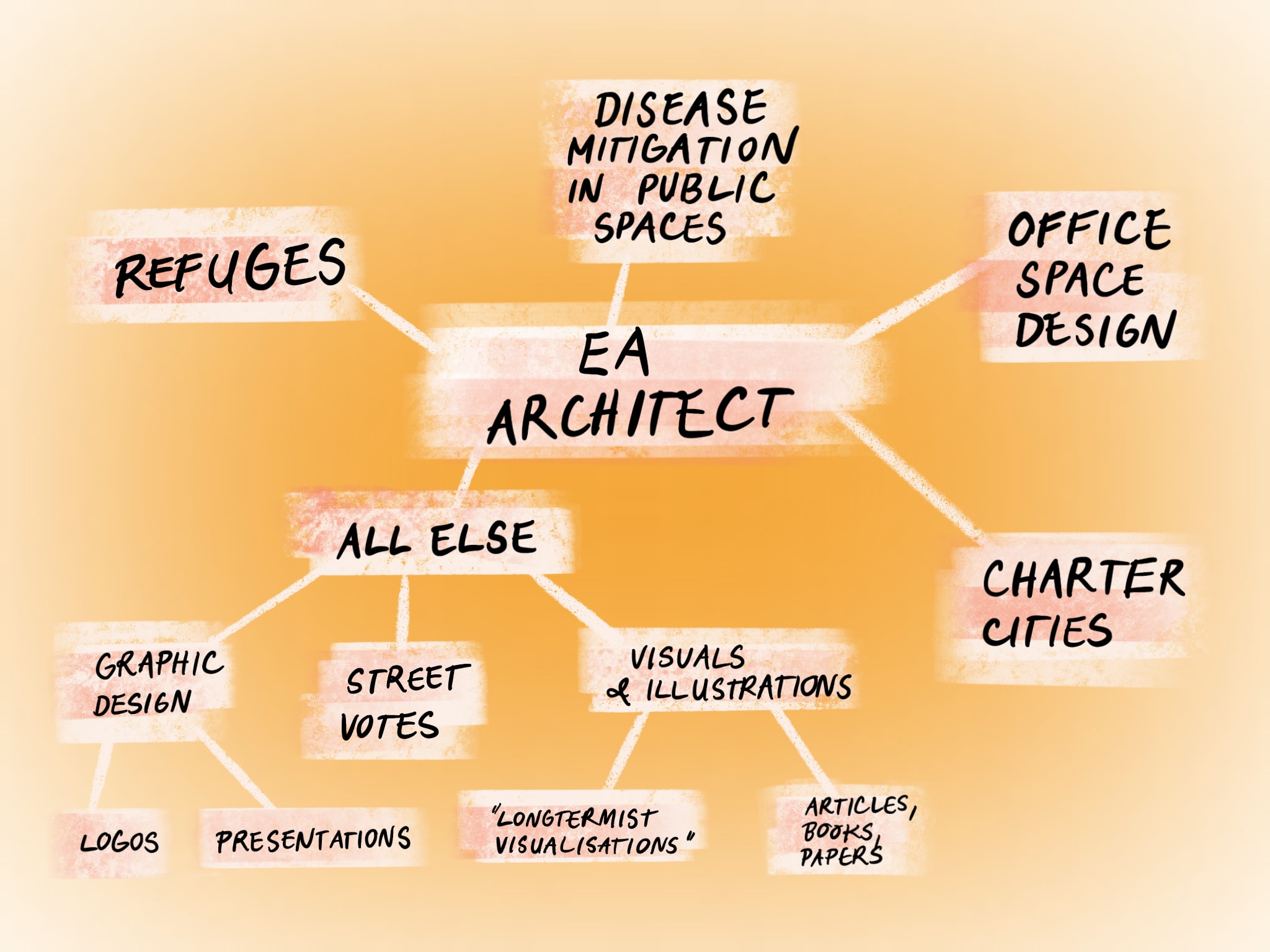
So far, I have identified 4+ major categories where my skills might be useful and spend different amounts of time pursuing them.
They are:
Refuges from biological and nuclear threats
Design of spaces for disease mitigation
Office space design
Charter Cities
All else (so far, things like graphic design or Street Votes)
1. Refuges
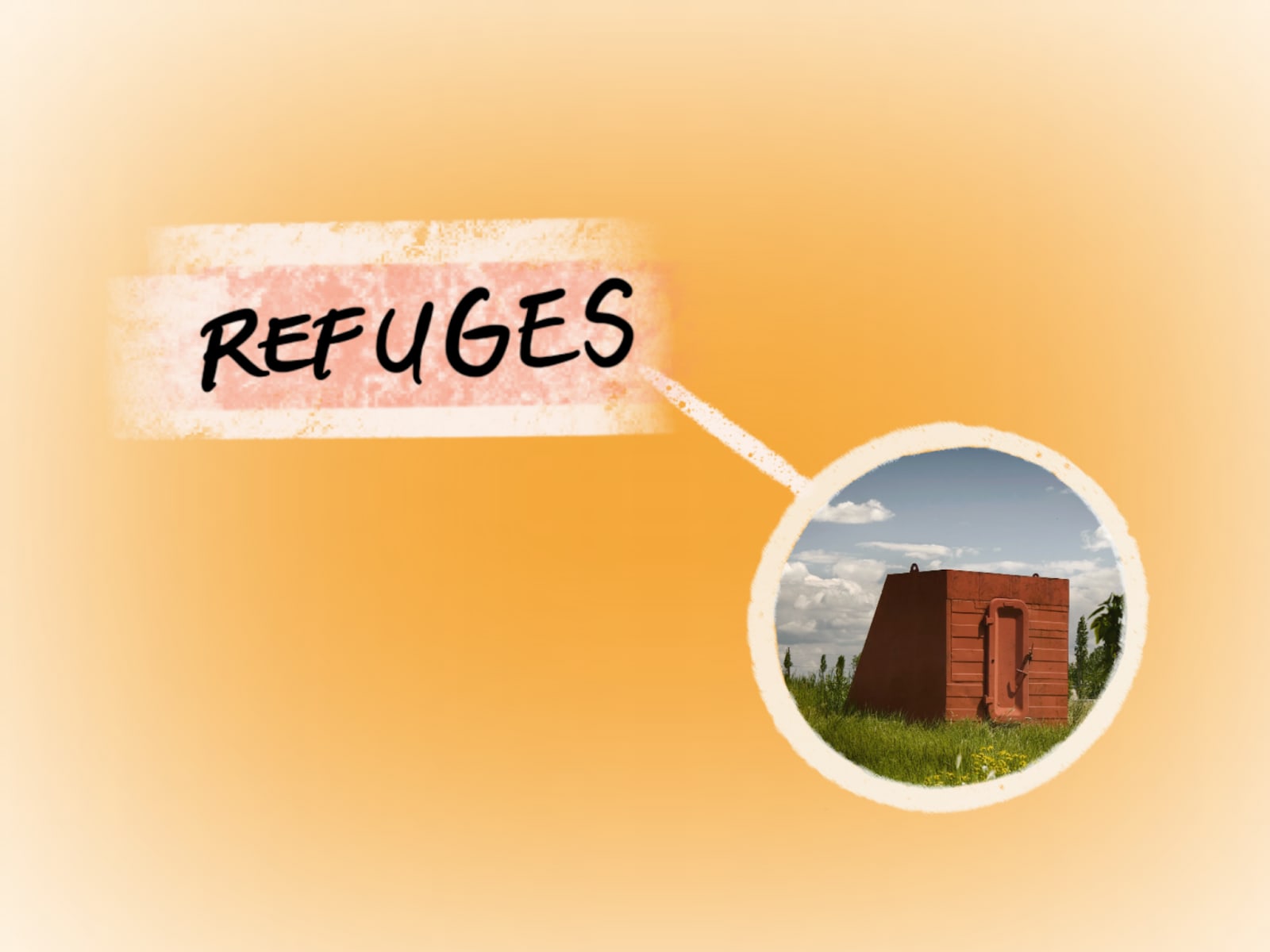
Building refuges to protect from biological and nuclear threats could increase chances that humanity would recover from a global catastrophe (Beckstead 2015). It seems plausible that devoting my time to help kickstart the project of building refuges (or superbunkers, as described by Linch and Ajay in their post) could be valuable. Linch offered me mentorship and resources (as part of the FTX Regranting Program) to explore ways to fit in. Spending last month on initial learning and research, I plan to next work on:
a comprehensive Superbunkers Precedents Report (including examples from existing governmental and private bunkers, submarines, remote research stations and experiments, space explorations, peoples living in seclusion, etc. and comparing things like costs, size and level of protection); and
creating materials (currently imagining 10ish slides very clearly stating and illustrating the main points) for PR and marketing purposes to be used to contact potential suppliers and funders to get a better understanding of what’s feasible/achievable;
to maximise my learning experience while potentially starting to produce outcomes. In the longer term and the most optimistic scenario, I hope that helping to progress work on superbunkers might lead to attracting a potential CEO that could take ownership of the project (as Linch and Ajay described in their post from last month, this will be a crucial milestone for superbunkers).
2. Spaces for disease mitigation
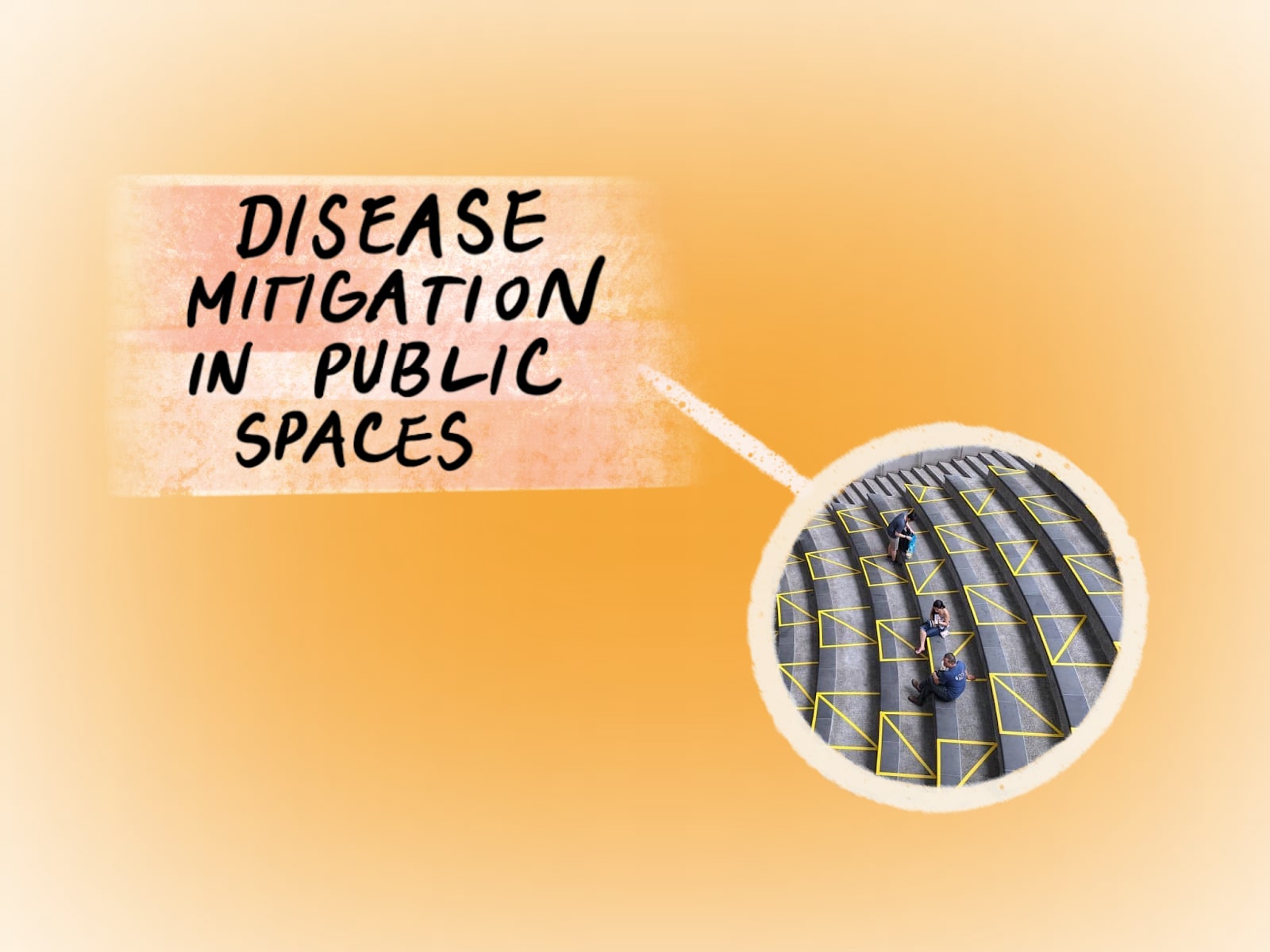
Nonpharmaceutical Interventions (NPIs) such as designing buildings for sustainable disease mitigation can play an important role in helping to slow the spread of illnesses and prevent future pandemics (“Nonpharmaceutical Interventions (NPIs)” 2020). After the COVID-19 pandemic, there might be a capacity to implement new design solutions to provide the required protection from virus attacks, adding more layers to the defence system of our built environment (Megahed and Ghoneim 2020).
It seems that the design and user experience of such interventions could be an impactful cause to focus on during the upcoming years. My discussions with people in the space so far indicate that designers or architects could aid researchers to implement interventions into the built environment and public spaces in ways that make them more effective. Websites like Building Survey, developed by Arvie Violett to assist different sizes of buildings with different budgets and preferences in choosing the most suitable interventions, show an example of how architects could contribute.
I became curious about concrete job opportunities, projects or people I could join on a mission to help build spaces that will help combat future pandemics and would be grateful for suggestions.
3. Office space design
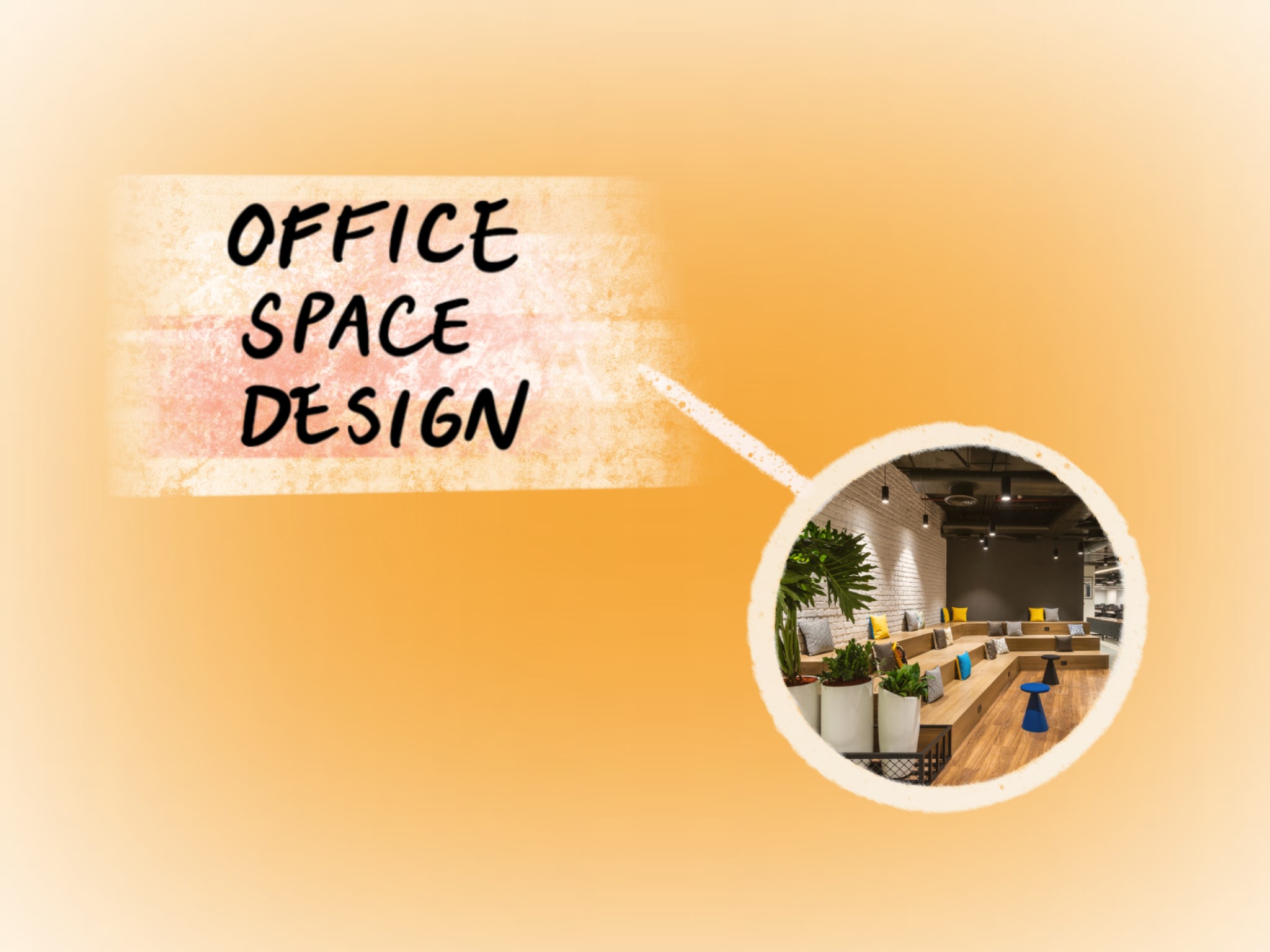
Most people spend fifty percent of their lives within indoor environments, which greatly influence their mental status, actions, abilities and performance (Sundstrom, Herbert, and Brown 1982). EAs could benefit from workplaces designed to maximise their long-term health, productivity, and physical and psychological well-being.
I am interested in a multidisciplinary approach to office space design. If I pursued this line of work, I would start by teaming up with psychologists and colour psychologists, health and productivity experts, lighting and ventilation experts, and bring in design elements to help mitigate the spread of diseases in the workplace (see point 2.).
I am quite certain there are brilliant people to learn from or team up with and many EAs could benefit from such services. Any suggestions, personal experiences or strong opinions on what an EA office of the future should look like are more than welcome.
As the next step, I am working on creating a database of design recommendations that might serve anyone designing/redesigning an office or co-working space for EAs. Reach out if you want to chat about this.
4. Charter cities
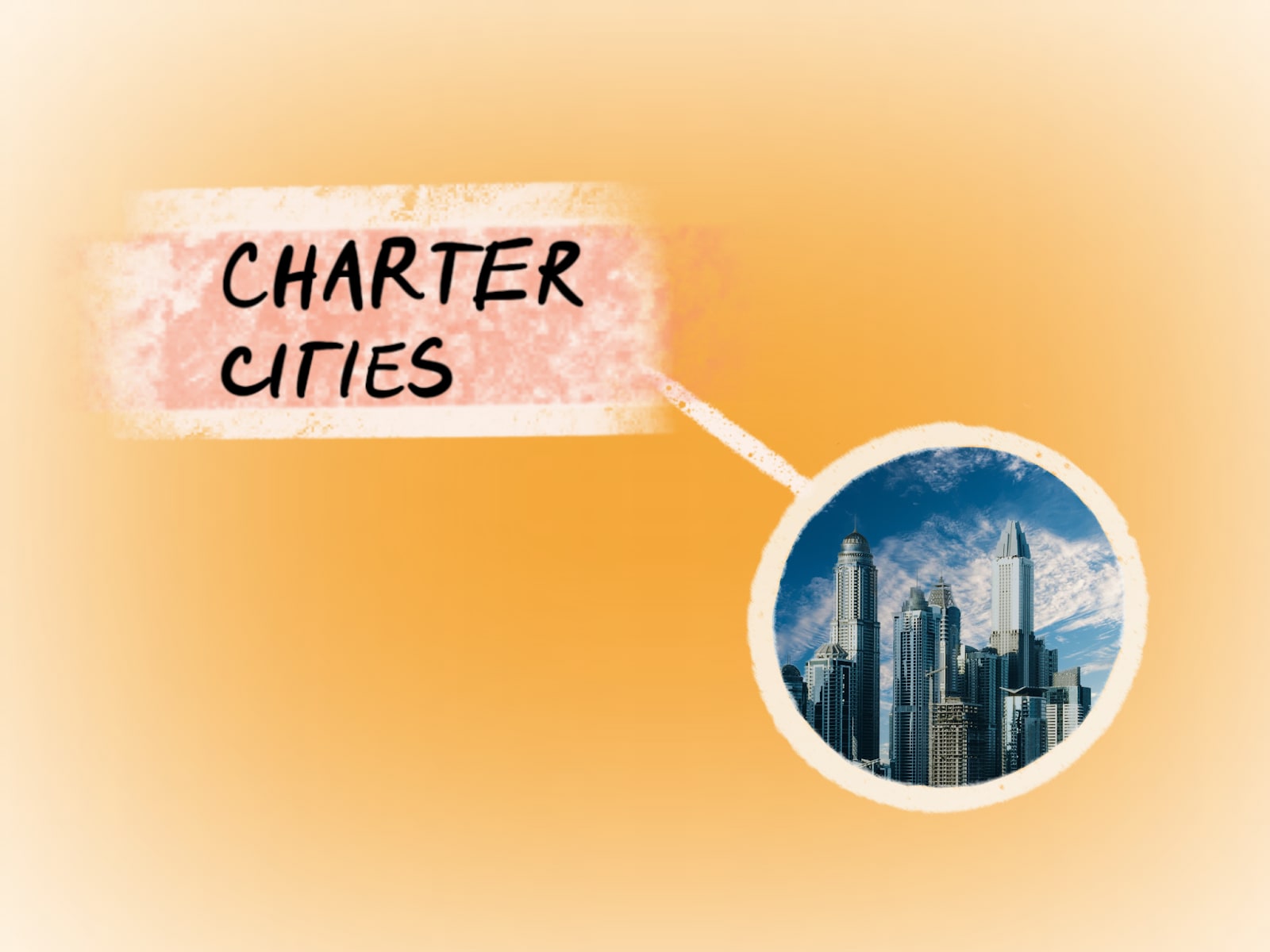
It is conceivable that charter cities have the potential to lift tens of millions of people out of poverty (“An Introduction to Charter Cities” 2021). Being a long-term fan of the work of Alain Bertaud, the author of Order without Design, I became interested in ways urban designers can get involved in helping to make charter cities a reality.
So far, I have connected with Charter Cities Institute (and appreciated their cosy office space design, enhanced by the smell of freshly roasted coffee from a roastery located just below the office), to discuss what role urban designers and architects might play in designing charter cities. Examples that seem relevant are helping to prepare planning frameworks and guidelines (like this one) or becoming an Urban Design/Planning Researcher for one of the relevant orgs.
If there were opportunities for people with my skills, such career might make sense as I already know I am fascinated by the forces behind structuring cities and hold similar views to people working on charter cities. I am on the lookout for people to talk to and more concrete ways to get involved.
5. All else
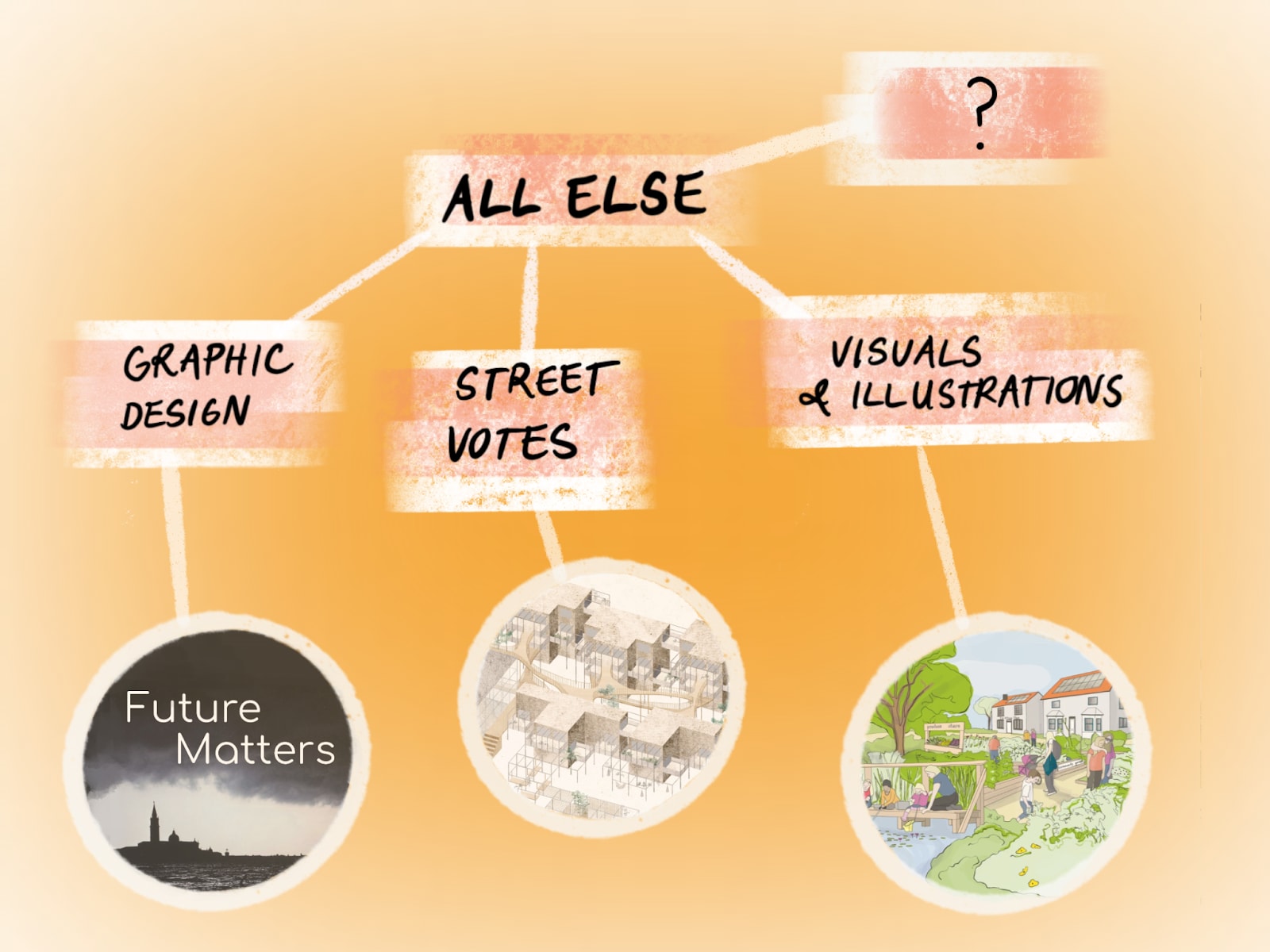
Recently, I have started to prepare visuals to accompany EA research and helped with presentation visuals, logos and graphic design content. There seems to be interest and opportunities to contribute to help visualise EA ideas to get them across to any desired audience (like, for example, illustrating this article to make my points stand out for people who read it). Things like Longtermist visualisations described in Fin’s article might be highly fulfilling for me to work on while carrying potential importance.
I have also become interested in the idea of Street Votes as described in the ‘Enabling streets to control their own development’ report by Dr Samuel Hughes & Ben Southwood. Street Votes would allow residents of a street to agree on new strict rules for designs to make better use of their plots. This would lead to densification and a great increase in the value of residents’ homes, giving them strong reasons to agree on it (Hughes and Derbyshire, n.d.). Street Votes seem to be getting traction and the support of the UK government (Gardiner 2021) so it might potentially be a good time to join the cause. I have considered spending time preparing visuals of ‘before’ and ‘after’ street examples to use for marketing purposes.
I would be grateful for strong opinions on what to prioritize from the points above or what to add to my list. I am keen to pursue one of the above-mentioned ideas during my master’s starting in September and am trying to move forward with as much relevant input as possible.
I plan to publish two more articles summarizing months 2 and 3 of my explorations while sharing more of the outcomes of my first three months in the EA world.
Thank you for reading about the first month of my journey of becoming an ‘EA architect’!
P.S. Huge thanks to Ozzie Gooen and Kaleem Ahmid for chatting about office space design, to Adam Marblestone for his talk on Far-UVC disinfection and to Arvie Violett for exploring the topic of disease spread mitigation with me. Thanks to Heba Elhanafy, Mark Lutter and Kurtis Lockhart from Charter Cities Institute as well as Angie Jo for chatting about the intersection of charter cities and urban design. Thank you Ben Hoskin and Samuel Hughes for delving into Street Votes with me. Thanks to all the FTX EA Bahamas fellows for inspiring and enlightening chats. And the biggest thanks to Linch for giving me the opportunity and unending support to work on all of this!
References:
“An Introduction to Charter Cities.” 2021. The Future of Development. November 10, 2021. https://chartercitiesinstitute.org/intro/.
Gardiner, Joey. 2021. “Gove Says Government Will Legislate for ‘street Votes.’” Housing Today. November 30, 2021. https://www.housingtoday.co.uk/news/gove-says-government-will-legislate-for-street-votes/5114990.article.
Hughes, Samuel, and Ben Southwood Foreword by Derbyshire. n.d. “Enabling Streets to Control Their Own Development.” https://policyexchange.org.uk/wp-content/uploads/Strong-Suburbs.pdf.
“Nonpharmaceutical Interventions (NPIs).” 2020. April 27, 2020. https://www.cdc.gov/nonpharmaceutical-interventions/index.html.
- Every Forum Post on EA Career Choice & Job Search by (31 Oct 2025 20:23 UTC; 79 points)
- A Summary of Profession-Based Community Building by (20 Dec 2022 22:08 UTC; 67 points)
- ‘EA Architect’: Updates on Civilizational Shelters & Career Options by (8 Jun 2022 13:45 UTC; 67 points)
- Monthly Overload of EA—June 2022 by (27 May 2022 15:48 UTC; 62 points)
- EA Architect: Dissertation on Improving the Social Dynamics of Confined Spaces & Shelters Precedents Report by (6 Jun 2023 11:58 UTC; 42 points)
- AGI Safety Needs People With All Skillsets! by (25 Jul 2022 13:30 UTC; 39 points)
- AGI Safety Needs People With All Skillsets! by (LessWrong; 25 Jul 2022 13:32 UTC; 28 points)
I recommended a 3-month grant to Tereza to explore independent research on how she can use her career in general for EA work, and for work in shelters in particular. In general, I am happy with the progress so far. I decided (with Tereza’s permission) to share my feedback publicly because in recent forum threads people have expressed unhappiness with not seeing feedback from grantmakers that they can learn from. I hope that publicly sharing this feedback might be helpful for at least one person other than Tereza. Please note that sharing this feedback is not a promise to share further feedback, including to accepted grantees, nor would I default to sharing feedback in public in the future.
I’ve read Tereza’s weekly notes, had a call with her, and reviewed this post. As of writing this comment, I did not have a chance to dive in and carefully evaluate her actual research to date.
Broadly, I am happy with Tereza’s progress so far. I think she’s making steady progress on a) doing research that’s relevant to work on shelters, b) other research that’s good for helping her with making an informed career choice, and c) work that doesn’t look like research but has high potential impact in terms of advancing her career or high-priority projects (e.g. this post, other communications about her work, trying to find and liaising with relevant founders for projects, etc).
Arguably most importantly, she seems to be in good spirits and making steady daily progress. This in itself is a nontrivial task:
Independent research that’s unsupervised or only lightly supervised is often really hard to start or stay motivated in, especially for people without prior graduate academic or independent part-time experience in doing this. So her motivation and consistency itself is a good sign.
Readers may also find it helpful to read some of my own (lightly-edited) notes about this grant:
Hi Tereza, I currently work in a well known engineering consultancy in security analysis and urban resilience. But I am looking to transfer into Landscape Architecture. I currently have an offer to join Penn’s LArch masters. I’ve struggled to get funding to help me pursue this path but its great to see interest in the potential of architects from EA.
I think one area to look at could be the ‘Architect as Developer’ approach for implementing human and nature centric design in urban development. Currently, we all answer to developers who are primarily profit driven. the AaD approach provides more control to the designers who are generally more concerned with maximising user-centric outputs. Perhaps this is a reflection of what Charter Cities could be but at via a piece-meal approach.
I see one major vehicle of impact to be a new design movement, similar to the New Urbanist movement, that is EA aligned and prioritises altruistic outcomes in the most cost efficient manner. Perhaps Landscape Urbanism is a beginning point?
Would love to hear your thoughts given the tension between Architects and Landscape Architects.
Hi Darren,
Thanks a lot for reaching out and for the comment. I have followed this line of thought (Architect as Developer basically) a lot at uni and it explains quite well my interest in architecture. It feels like architects spend most of their energy on a little percentage of everything that gets built, while the majority remains neglected or at the mercy of developers who care solely about profit. Often the middle ground is missing (where you are being mindful of the cost-effectiveness of different decisions, focusing on things like quality of public spaces and design elements that make good communities, that ultimately decide whether people feel good living there, have meaningful relationships or whether the place is safe etc.). I will DM you and am happy to chat about this in more depth!
To be honest, I’m most skeptical about spaces for disease mitigation as being effective. It seems hard to make a big difference here as society is unlikely to rebuild all of its buildings just to reduce disease given the massive expense.
Thanks for the comment! Fair, this might be true. My thinking was that you probably end up focusing on things like HEPA filters, UVC disinfection, antimicrobial coating of surfaces or other interventions that might be easy to retrofit in existing buildings. I actually need to do more digging to see how effective can these get and whether now would be a good time to focus on them given the momentum post-covid, and if there are interesting groups currently working on this.
I feel like when I’ve heard people talk about this it was often targeted at specific high-importance, high-density buildings like schools, hospitals, government institutions, etc. rather than every office building.
Actually that’s sounding a lot more tractable than I thought. I thought you were talking about either rebuilding or building new buildings; not retrofitting.
It still seems quite effective to me, even if you’re only affecting the construction of future buildings
We have many buildings now that have survived decades and centuries. Thousands have spent time in them, many spend a third of their daily lives working in them. If only new buildings were fitted with disease resistant architecture you would still potentially be averting thousands of cases of illnesses over time. That is not to even speak of retrofitting older buildings as they become due for repairs
I see a strong connection between architecture and community health. There’s tons of content on this, but here’s a video I saw recently that I liked: https://www.youtube.com/watch?v=y_oZVVS2nVk. This could tie in well with the “Street Votes” concept: https://www.youtube.com/watch?v=4TCYjw88JSY
Btw I designed and taught two online courses on architecture and public spaces for Czech high schoolers, all based on Jan Gehl’s ‘Life Between Buildings’ (the 1st link you sent, and an awesome read), incredibly rewarding to see students get out there and engage in their communities
https://edgeud.co.uk/ten-perspectives-on-architecture-teaching-students-how-to-reclaim-their-cities/
Thanks for the videos, such an inspiring watch, I could not agree more with this. Shaping neighbourhoods, public spaces and communities has been my interest in architecture since high school and I have done a lot of work related to it. Before starting to get more interested in EA-related projects, my plan was to focus my career on placemaking in cities, and I am definitely hoping to remain active in this in whatever way I can. Interesting to think about how to use these lines of thinking to maximise the amount of people that can benefit from them, or whether coworking or living spaces where EAs hang out can be designed more in a way to maximize community health.
This group isn’t exactly EA-aligned, but they’re working on questions that are very relevant to a number of the topics you raised, so you might want to give them a look.
https://forhealth.org/
Thanks a lot, that’s exactly the type of thing I might want to check out. I did not know about them, will dive deeper into what they do! I like the clarity of their web design and resources!
Glad to help!
You chatted with Heba, right Tereza? Always happy to talk more about charter cities and how you can help! -Kurtis